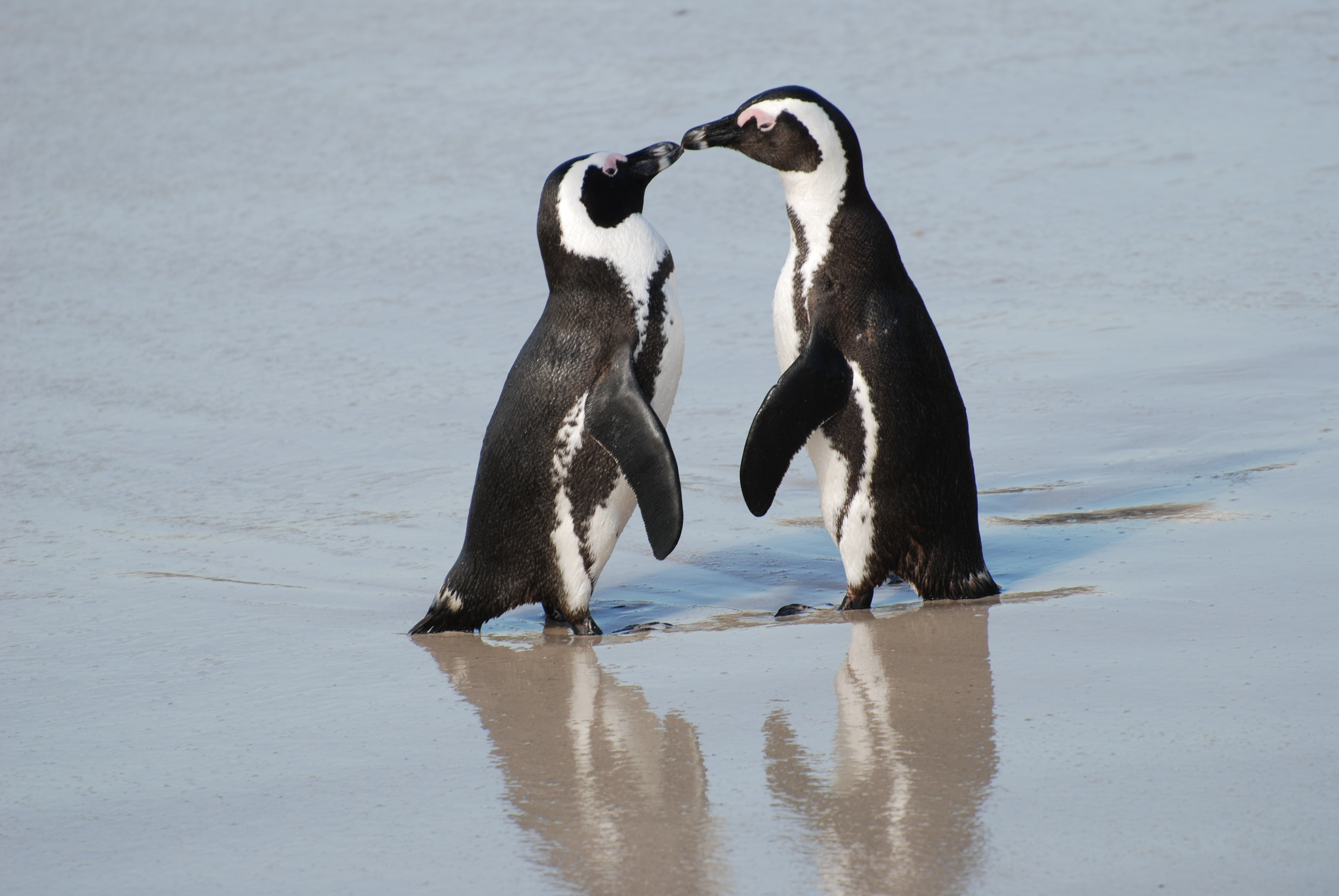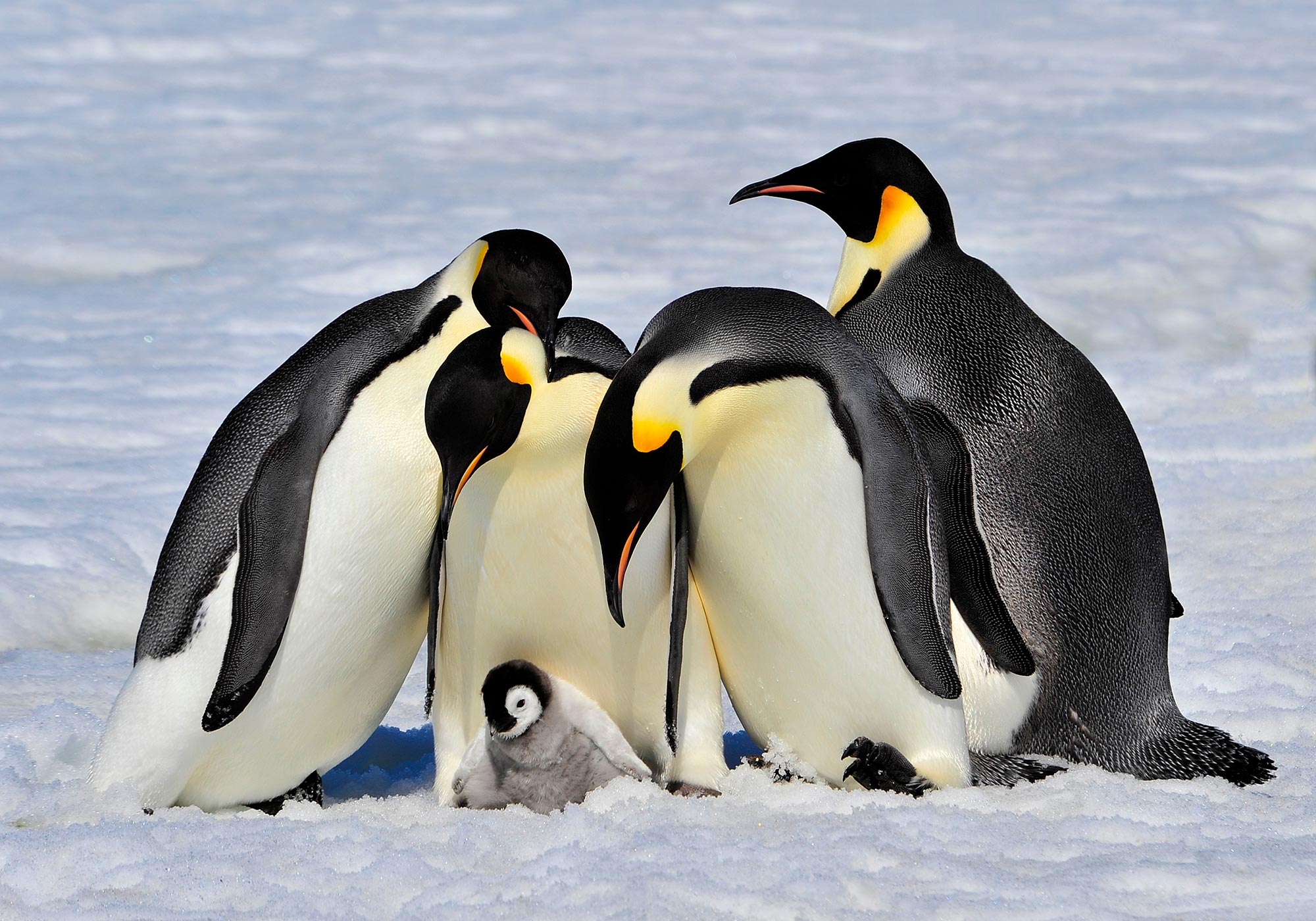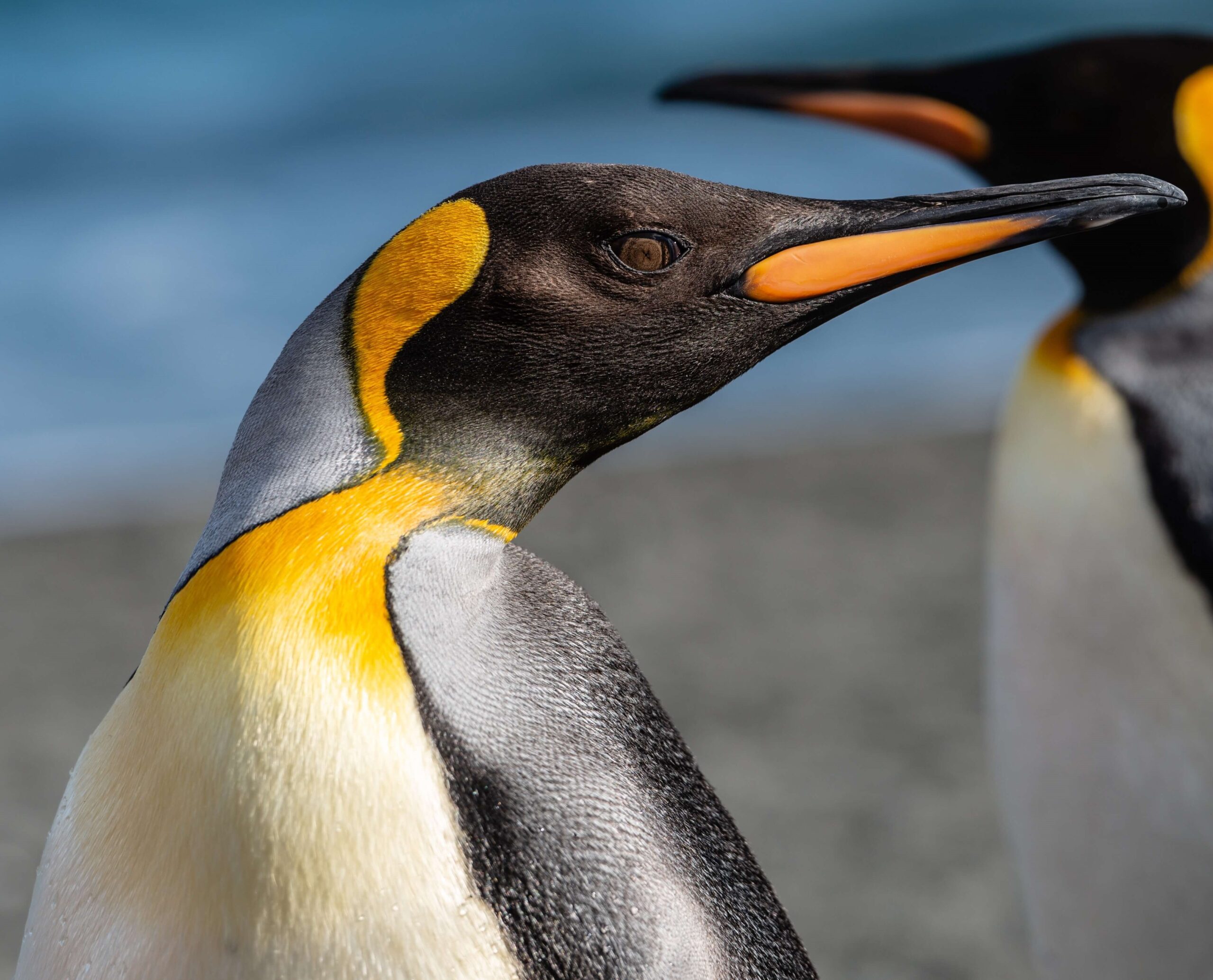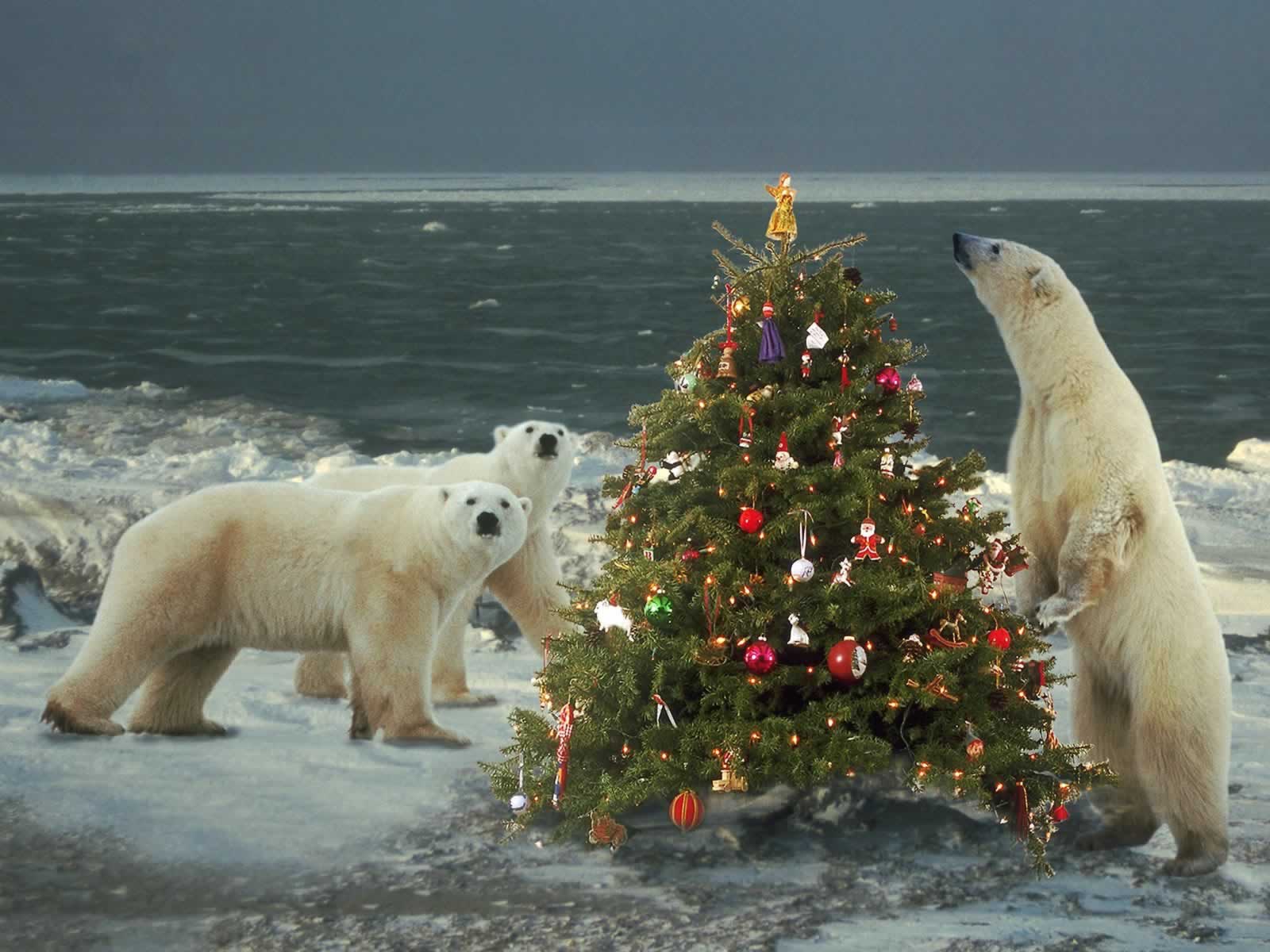By Scott
https://birdwatchinghq.com/penguin-facts/
Fact #1: No one agrees on how many penguin species exist!
Determining the number of penguin species on the planet seems pretty straight forward, but nobody can seem to agree.
All I can tell you is that there are somewhere between 17-21 living species of penguin, depending on which scientific authority you subscribe too.
King, Emperor, Adélie, Chinstrap, Gentoo, Little, Australian Little, Magellanic, Humboldt, Galapagos, African, Yellow-eyed, Fiordland, Snares, Erect-crested, & Macaroni.
Now here is where the controversy arises:
Royal Penguin: Some people consider them a subspecies of the Macaroni penguin because these 2 sometimes interbreed in the wild.
White-flippered Penguin: Most scientists consider them a subspecies or color morph of the Little Penguin. There was some DNA analysis done that shows differences between the 2 penguins, but whether it’s enough to classify them as individual species is still up for debate.
Rockhopper Penguins: The Rockhoppers are just a mess. 3 closely related subspecies are either grouped as one or recognized as 3 unique species; Southern, Eastern, & Northern.
Regardless, I have this awesome penguin poster hanging in my house, which recognizes 17 unique species. I love that it shows where each one lives!
Fact #2: Penguins and Polar Bears are NOT Besties.
The truth is, they’ve never met!
Polar Bears ONLY live in the Northern Hemisphere. They make their homes in countries around the Arctic Circle such as Canada, the United States (Alaska), Russia, Greenland, & Norway.
However, penguins do NOT live in the Northern Hemisphere! All species of penguins live in the Southern Hemisphere!
(Okay, I lied a little bit. The Galapagos Penguin lives on the Galapagos Islands in Ecuador. Technically this is the Northern Hemisphere, but not by much!)
Polar Bears & penguins are a world apart from each other.
I know this fact may blow your mind.
And you may be sad to learn that the cute Coca-Cola commercials with Polar Bears & penguins meeting each other are outrageously inaccurate. To be honest, when this commercial aired initially, I was so disgusted that I permanently switched to Pepsi. 🙂
It’s incredible how many kid shows get this basic fact wrong & think Polar Bears & penguins live together!
Since humans are a curious bunch, penguins have been brought to many zoos & aquariums in the Northern Hemisphere so we can see & study them. There are just no “wild” populations in the north.
Fact #3: Penguins like the beach!
The Galapagos Penguin lives in tropical climates on an island near the equator! And the African Penguin lives on the warm coasts of South Africa.
It’s a myth that Penguins only live in the cold weather of the Antarctic. You can find them in South Africa, Australia, New Zealand, & along the entire west coast of South America.
Fact #4: Penguins can swim REALLY fast.
Rather than wings to fly, penguins have paddle-like flippers with short little feathers. These adaptations help them fly through the water!
Furthermore, penguins have solid bones, rather than air-filled ones like birds that fly. These dense bones offset buoyancy to help them dive deeply underwater!
Even though they are awkward on land, once in the water, penguins are extremely fast! For example, the Gentoo Penguin can swim up to 22 mph! To put it into perspective, Michael Phelps can only swim around 5-6 mph!
Fact #5: Penguins are deadly, efficient hunters.
A recent study followed 11 Adélie Penguins for 14 hours. Each of the penguins had a camera attached so the scientists could observe their behavior.
In more than 14 hours of filming, not once did a penguin fail to capture its prey!
No wonder they spend 75% of their lives in the water!
Fact #6: Penguins sneeze a lot.
Saltwater!
Luckily, penguins have adapted well to handle it!
Penguins ingest a lot of saltwater while hunting! To avoid getting sick & dehydrated from the salt, penguins have a special gland behind their eye (supraorbital gland), which filters out the saltwater from their bloodstream.
Penguins will then excrete the salt either through their beaks or by sneezing!
Fact #7: Penguin eyes are amazing!
Like all birds, penguins have a translucent 3rd eyelid called a nictitating membrane. When swimming, this membrane covers their eyes, protecting them from injury while underwater. It’s sort of like having built-in swim goggles!
Penguins have also evolved strong eye muscles, which can change the shape of their eye lens to help have sharper vision underwater. In addition, they developed a flattened cornea to reflect less light.
Penguin eyes are no small evolutionary feat! Just think how poorly your eyes perform while swimming underwater. Without goggles, you wouldn’t see anything! But penguins can go smoothly from land to sea & have no problems seeing.
However, many people think they are mammals or fish!
“Where are the feathers on these so-called birds? Why can’t they fly?” they might ask. “Turtles lay eggs, have beaks, & can’t fly too. Are they a turtle!?”
Nope. Not a turtle either.
Penguins are warm-blooded, have both beaks & feathers, & they lay eggs. And their skeletal structure is definitely avian, too. There is no doubt they are birds.
The reason their feathers look like fur is due to how densely packed they are. For example, Emperor Penguins have the highest feather density of any bird species, averaging 100 feathers per 6.5 square centimeters.
Also, they exude an oil that keeps them waterproof &, more importantly, traps air to insulate them from the cold temperatures.
Fact #9: They have “Catastrophic Molts”!
However, unlike other birds, they don’t gradually lose feathers throughout the year. Instead, penguins go through what is called a Catastrophic Molt!
Sounds intense, right!?
It kind of is! For 2 to 3 weeks, penguins will lose almost all their feathers at once. During this time, the penguin has to remain land-bound because they will no longer be waterproof.
Fact #10: They are not very committed to their mates.
Because of these massive colony sizes, most penguins don’t mate for life! Roughly half of all penguins swap mates every year!
Why?
When the penguins return to the breeding colony, there is a good chance they never find their mate! It’s just too crowded!
If they happen to meet up with their previous partner, then great! If the male is not there when the female arrives, she goes to her last nesting site & takes up with another male.
Fact #11: Emperor Penguins make me feel lazy.
Emperor Penguins have one of the most fascinating & rigorous breeding rituals in the entire animal kingdom! It is captured wonderfully in the wildly popular documentary called “March of the Penguins,” narrated by Morgan Freeman. (If you haven’t watched this movie, you need to!)
Every March in Antarctica, both male & female Emperor Penguins leave the ocean to march inland to their breeding grounds, which are between 30-75 miles away!
Once the penguins have mated & a female lays an egg, she transfers it to the male. Then she leaves & makes her way back to the ocean to feed herself for 2 months.
While the female is gone, the male is responsible for caring for & incubating the egg on top of his feet during the cold, stormy winter.
Some males die due to starvation during this challenging period!
The female returns after a few months to take her turn caring for the chick. Once she is back, the male makes his way back to the ocean to eat.
After a few weeks of feeding, the male returns. Then, both parents take turns feeding the chick regurgitated food & keeping their baby warm & alive until it’s large enough to take care of itself.
Emperor Penguins are the only animals to breed during the Antarctic winter, which features some of the worst weather conditions on earth.
Fact #12: Females kidnap other penguins’ chicks!
Female Emperor Penguins are known to kidnap chicks from each other if they lose their baby. It’s not uncommon for fights to break out as chick-less penguins try to steal from another penguin family.
Unfortunately for the baby chicks, if they are kidnapped, it isn’t a long-term solution.
The kidnapping typically only lasts several days to a week, & then usually, the chick is abandoned & left to die through starvation or cold.
Sorry, this section was incredibly sad. 🙁
Fact #13: Penguins weren’t impressive to early explorers.
In 1520, Ferdinand Magellan was on his first circumnavigation of the globe!
While near Argentina, a member of his ship wrote about seeing a penguin.
However, at the time he described them as “strange geese!”
Weekly Chuckle:


.jpg)
:max_bytes(150000):strip_icc()/GettyImages-697353429-5c7e74f046e0fb000140a4dd.jpg)
.jpg)











No comments:
Post a Comment